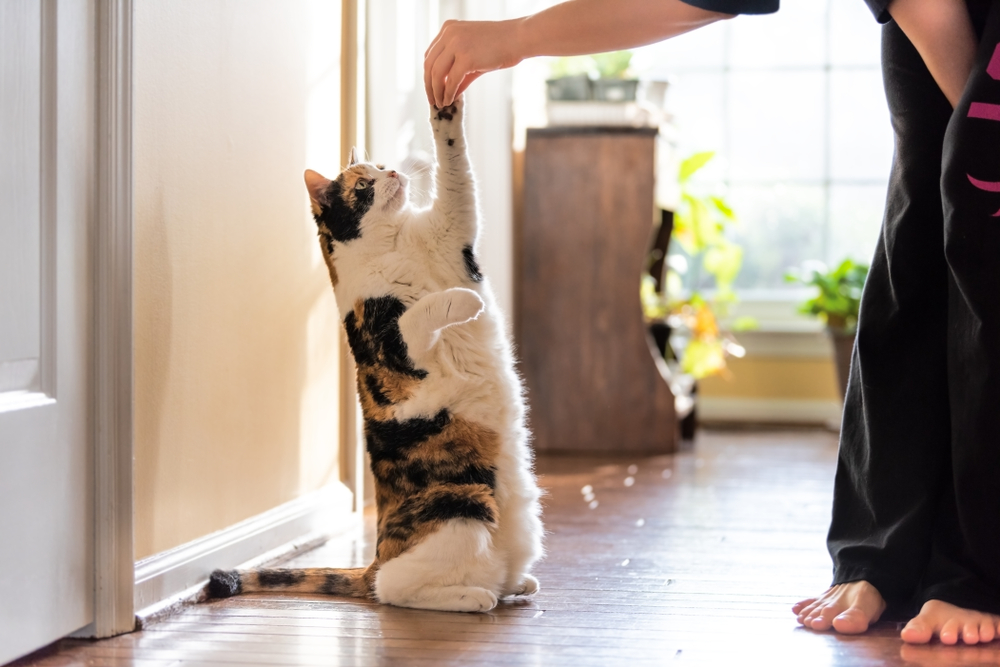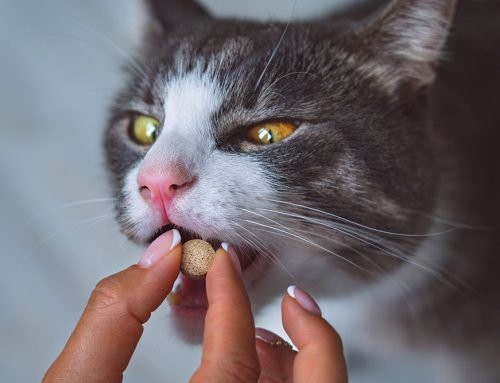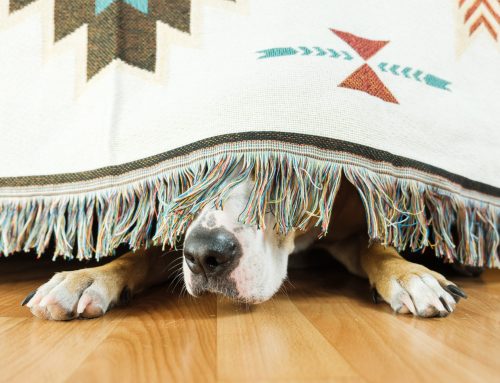Why train your pet? The most common reasons are to keep your pet safe, and to keep your sanity. Other reasons are to teach your pet not to fear strange animals, people, and places, and to teach them tricks. Our Alisos Animal Hospital team understands the importance of pet training, and offers some guidelines.
Pet safety
A few basic commands can help you add predictable behavior to unpredictable situations. For example, knowing your pet will come when called, or will wait for you to give the command to move, means they are less likely to run away and get lost, or cross a busy street and be hit by a car. Two simple commands that pets should be taught as early as possible include:
- Recall — This involves teaching your pet to come to you immediately, regardless of where they are, or what they are doing.
- Leave it — This command is used to prevent a pet from eating something they shouldn’t (i.e., a corn cob they find on the ground), or something that could harm them (e.g., stopping them from snatching a piece of meat from the barbecue that would be hot and burn them). “Leave it” can also be used to make your pet walk away from a potentially problematic situation.
Pet owner sanity
If you train your pet to adhere to household rules, you will not get annoyed, and your pet will be happier. Training for sanity includes rule-setting such as:
- Staying out of the kitchen — You do not want a pet underfoot while you are cooking. You both could get hurt tripping over each other, and they could be hurt stealing hot food.
- Walking straight — Teaching your dog to walk alongside, rather than criss-crossing in front of you, is not only safer, but also makes the walk more enjoyable for you both.
- Incessant barking — While you likely want your dog barking at strangers and barking for protection, you don’t want them barking non-stop for no apparent reason, or barking at the television.
Preventing fear in pets
Pets should be exposed to different people, animals, and events, to teach them that they will encounter a big, wide world, and they do not need to be afraid. Lack of exposure and confidence in their surroundings can lead to fear in your pet, which can lead to fear-based aggression. This type of aggressive behavior is much easier to prevent than try to reverse.
Pets and tricks
Many pet owners like to teach their pet tricks like “Sit,” “Sit up,” “Sit pretty,” “Spin,” “Roll over,” “Play dead,” “Shake hands,” “Fetch,” and more. The initial reason may be for family entertainment, but learning tricks can be mentally stimulating, and help keep your pet’s mind active—especially older pets. Tricks also help form and maintain a tight owner-pet bond.
When should pet training begin?
When should you start training a pet? Right now! Whether you buy or adopt a puppy or kitten, or an adult dog or cat, the earlier the better—ideally, start training them as soon as you bring them home. If you do not think you will have the time or the patience, consider taking them to a professional, because training is key for a happy, healthy relationship between you and your pet.
How to train your pet
Now you know that training your pet is essential, and that you should start ASAP, how do you start? There is one main principle for proper training—reward your pet when they perform correctly, and distract or re-direct when they engage in incorrect or naughty behaviors. Never, ever punish your pet, such as yelling, using spray bottles, or hitting them yourself, or with items like a rolled up newspaper. Any punishment will only make your pet fearful and unable to learn.

Here’s one common training process—recalling your pet:
- Choose a command — Generally the pet’s name, plus “Come,” works well, but a command should make sense for you and your pet.
- Give the command — Beginning indoors, introduce the command, indicating the direction to where you are standing. When they do come, praise them with “Good” in a different tone of voice, and immediately offer a small, tasty treat.
- Repeat — Repeat this process so your pet associates the command, changing direction, and going to you with the reward. Keep repeating the process until the command results in your pet stopping what they are doing, and walking up to you. Remember to give verbal praise and the treat no more than two seconds after they complete the command correctly.
- Try again, if necessary — If your pet does not act correctly, they should not be rewarded, because they will associate the reward with the wrong action, and throw the training process off course. Instead, try again.
Pets of any age and any species—including guinea pigs, ferrets, birds, and more—can be trained, but it takes time, practice, patience, and dedication. But, training itself is not difficult, and if food is involved, most pets will learn quickly. As with children, it’s up to pet parents to teach pets how to behave.
Alisos Animal Hospital wants to be your resource for all your pet training needs.
Whether you have had your pet for a long time, and decided they need more training, or if you have adopted our latest UGLY dog, call our team if you need help or advice, and make an appointment. We will set you up with the best plan for pet-training success.








Leave A Comment